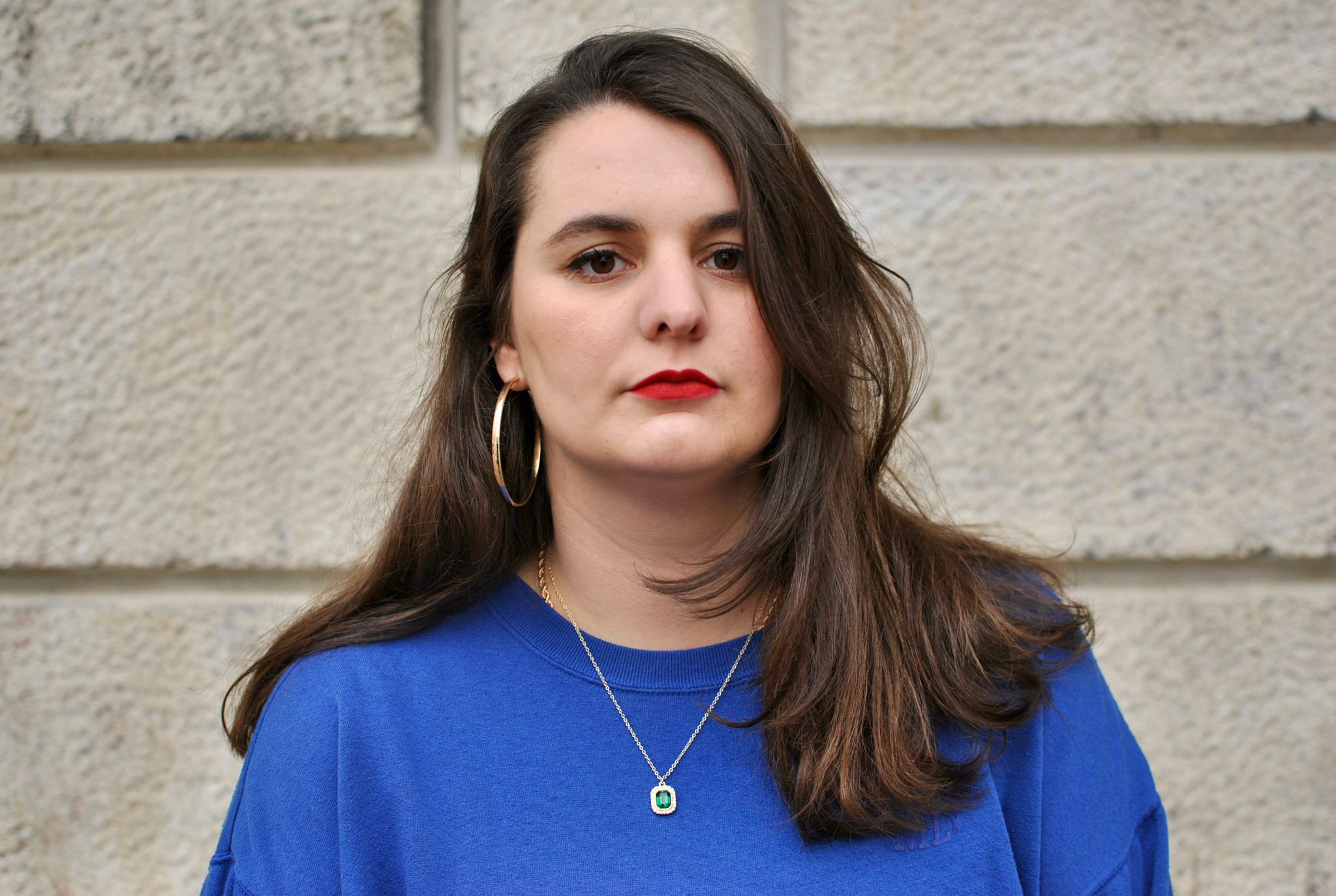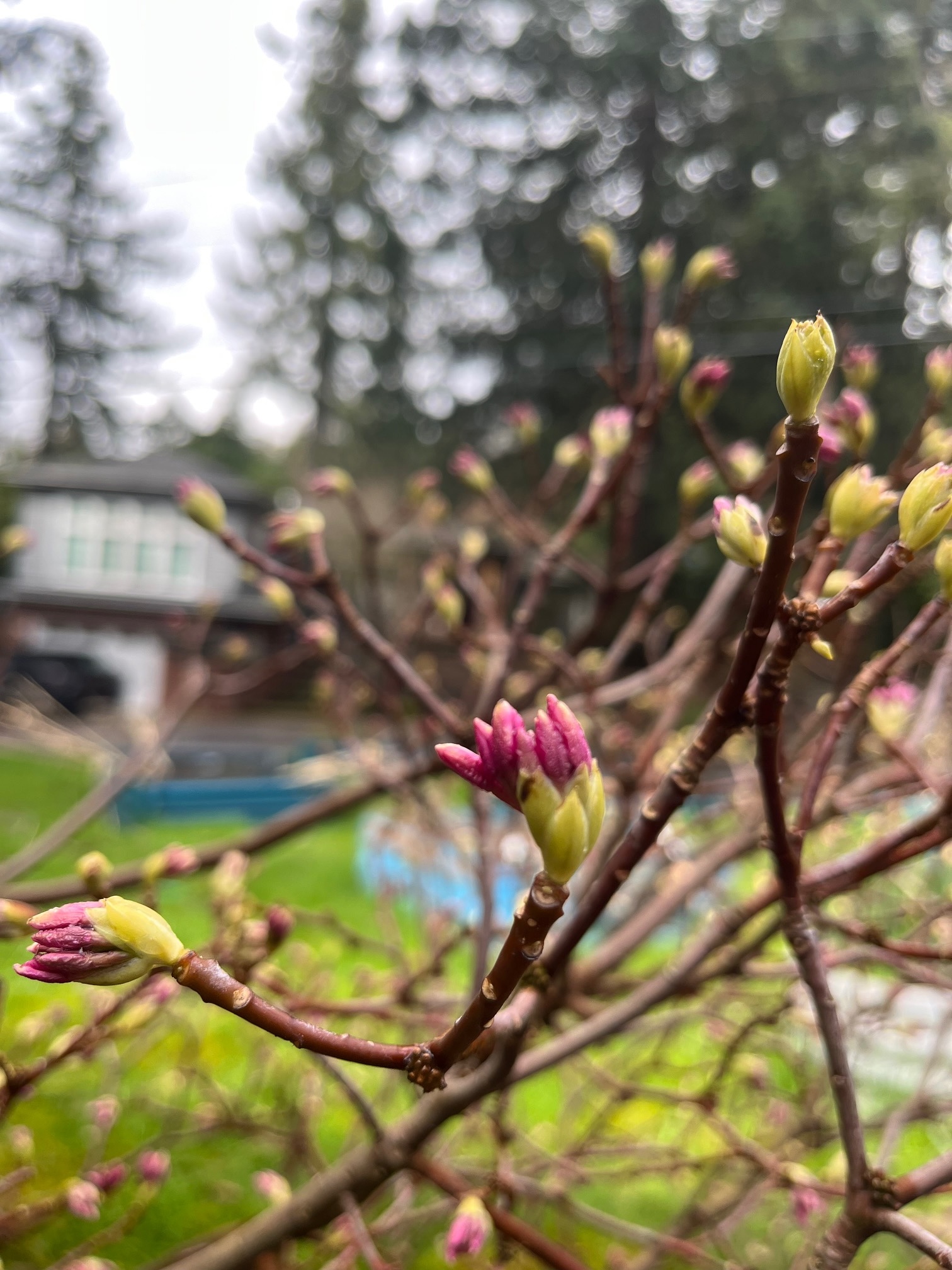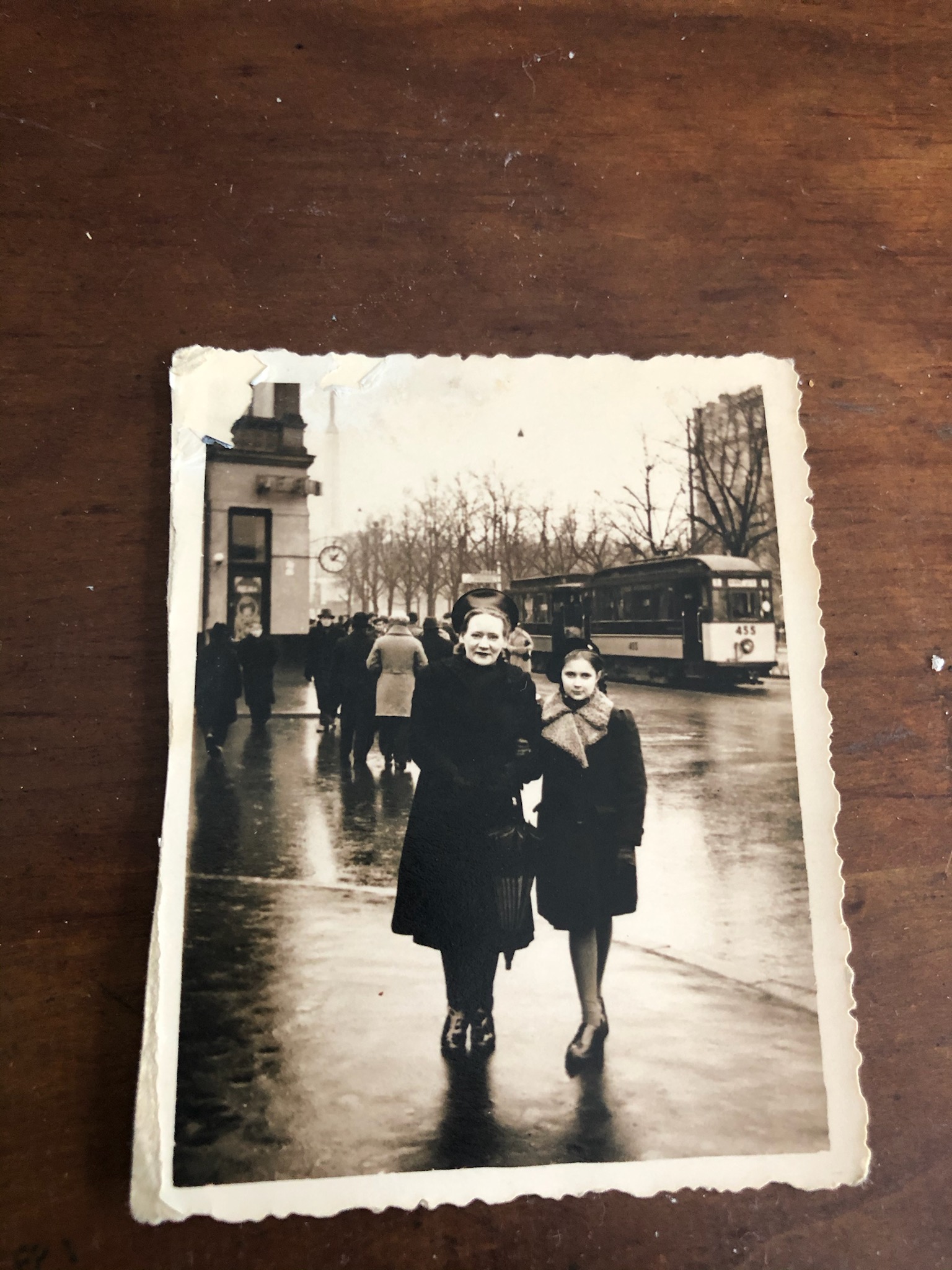1. The Origin of the Species.
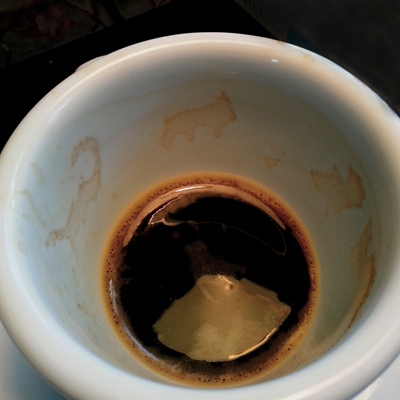
Put the yellow kettle on. Ignore the floors in desperate need of cleaning. Fill the small metal base of the Bialetti with water (just to the safety valve). Spoon coffee from the ice-cold Viennese candy tin into the funnel. Screw the top on (tight, but not too much so) and put it on the stove. Don’t let the flame overtake it. Tuck the yellow and green-leafed curtain behind its hook. Look out at the ugly building across the way, the Greek and American flags, the third floor doors to an abandoned idea of balconies.
2. A marmot. Or similar creature.
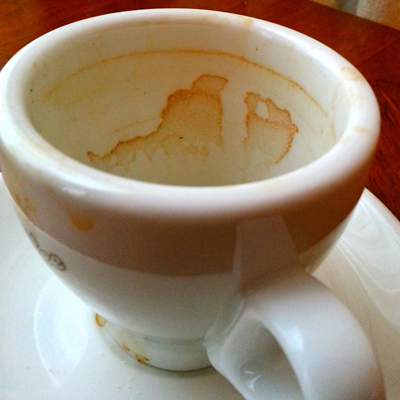
Go to the front room. Turn up the heat. Lean over the couch to pull the velvety olive curtains back behind their hooks. Peek the edge of the porch – the abandoned herb garden, the line of cars waiting for the green light. Flip the picture book on its iron stand to a different page: a photograph of the monochromatically neutral span of sky and empty swimming pool, the Salton Sea at a particular hour, clouds, or some sort of aftermath.
3. A giant squirrel and an eagle. A miniature eagle and a squirrel.
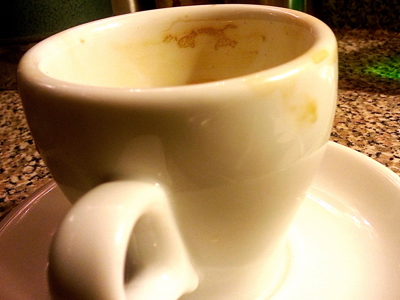
The kettle whistle screams. Turn off the flame. Ignore the crust in the wells of the stove from the rice that boiled over, the tomato soup that spilled mid-making. Fill the little white cups on their saucers with the hot water. Let them sit a minute or two. Take the chill off. Listen to the smoker’s cough through the vent from downstairs. Pour the water in a large mug. That’s the ‘plain tea’ – a tame warmth to accompany breakfast, work, breathing.
4. A tiny buffalo, a shiny white field.
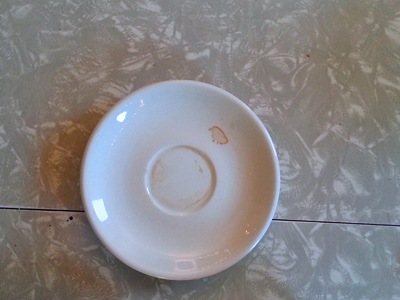
From the coffee pot, an insistent gurgle as the near last of the water pulls up through the grounds. Take it off the stove and let it set a minute. Pour. Split it between the two cups: a little in one, the other, the first. And so on. Set the two on the table; try not to spill. Look up at the clock. Consider feeding the cats who, having given up their stampede, sit and stare expectantly.
5. Semi-contained.
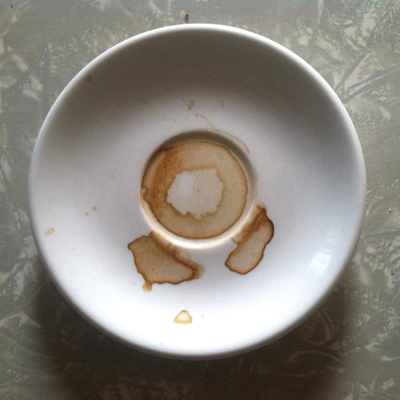
Go back to the window. Look down at the dented car roof, the slab of ice on the drive. The body shop next door, their windows. The light and movement of the men inside. The growing mess of cars out front: dented or missing bumpers, concave sides. The rust line coming down the slant of roof. The piece of metal siding pulling free.
6. In three parts.
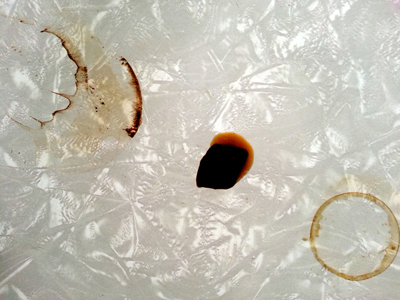
Drink the coffee. Feed the cats. Eat.
Elizabeth Witte received her MFA in poetry from the Bennington Writing Seminars and is Assistant Editor of The Common.
[Photos 1-4, and 6 by Elizabeth Witte; Photo 5 by Vic Rawlings]
